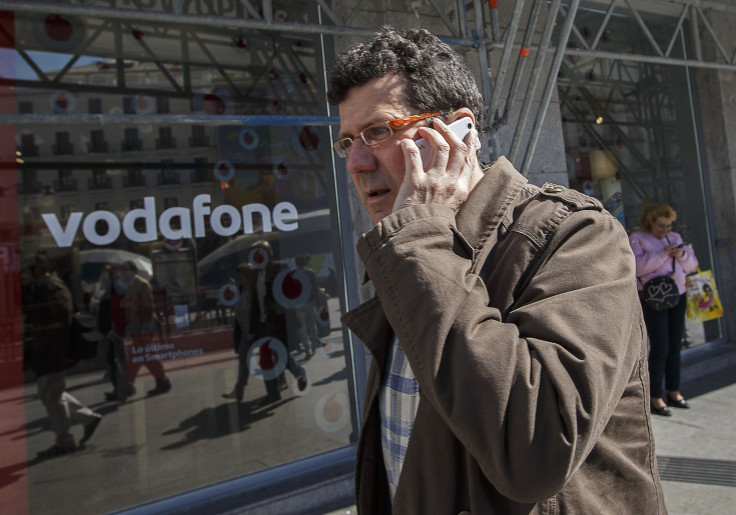Does Biometric Authentication Equal Surveillance? Voiceprints Already Used Surreptitiously

A biometric is a measure of a physical characteristic or biological trait and includes your fingerprint, hand geometry, retina, iris, face, handwriting, and your voice. Increasingly, The Associated Press reports, businesses as well as governments are collecting and using voiceprints as an authentication tool for the many computer and security systems requiring accurate identification of users. In fact, banks already use voice recognition programs as a surveillance technique of potential identity fraud suspects.
"We sometimes call it the invisible biometric," Mike Goldgof, an executive at Madrid-based AGNITiO, a leading company in the field, told AP. So camouflaged and concealed, many of us may not notice or suspect when voice recognition is in effect. Despite misconceptions that this technology is beyond the reach of anyone other than intelligence services, it is commonly available today and used in many applications. A previous AP investigation reported how JPMorgan Chase and Wells Fargo, among the top five largest banks in the United States, use voice screening systems to prevent identity theft by matching voiceprints against a database of suspects. While AP estimates more than 65 million voiceprints have been entered already into corporate and government databases worldwide — a pretty small number overall — the uses may cause some privacy concerns. For instance, New Zealand’s Internal Revenue Department has catalogued a million voiceprints, "the highest level of voice biometric enrollments per capita in the world." Seemingly, governments around the world may soon follow suit.
Why are biometrics so alluring? Unlike other techniques, such as passwords or electronic badges, biometrics cannot be lost, easily counterfeited, or forgotten. In particular, a voice biometric uses the pitch, tone, and rhythm of speech. While a bad cold, background noise, age, and differences in telephones and microphones may cause problems with voice identification, this particular biometric has a number of advantages, including a low cost of implementation — a simple telephone or microphone is all that a user needs — compared to other techniques which require special devices (think retinal scans, for instance).
Another benefit: Enrollment in a voice authentication system, notes security expert Lisa Myers in her SANS Institute report, is easily accomplished; a user commonly speaks a particular phrase or talks for a certain length of time (usually from two to eight seconds) in order to establish a digital representation of the voice. This enrollment voiceprint can be compared to a spoken command whenever a user wishes to enter the restricted area or system. Another benefit is the storage size of a voiceprint is relatively small compared to other biometric data, so it can be stored almost anywhere.
Despite an obvious downside — the human voice changes with age — voiceprint technologies are on the rise. One analyst told AP the industry's revenue could increase from just under $400 million last year to nearly double that or higher next year. Others speculate voiceprints will become more ubiquitous than any other authentication tool because they are the only biometric that allows for remote authentication; with a simple phone call, a bank transaction can be performed. One other reason voiceprints may soon outpace all other biometric technologies is voice authentication is accepted most readily. All of us, it seems, have become accustomed to identifying people by their voices on the phone.



























